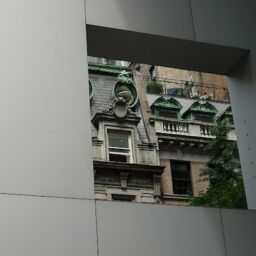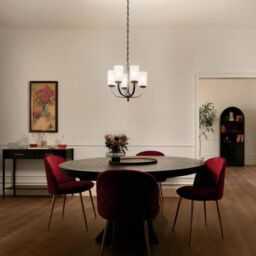What is Illumination design?
Illumination design is a part of optical design that focuses on the transfer of light from a source to the target. In imaging systems, light transfer is crucial; however, illumination systems also transfer light effectively overlooking the ‘imaging’ concept.
Quantities of Illumination
There are essentially two quantities.
- Radiometric: It takes into consideration the corporeal nature of light and includes quantities you can determine.
- Photometric: It takes into account only electromagnetic radiation that is visible to human eyes. Hence, you must consider the visual range of 360-830 nm in this case.
Key Factors in Illumination Design
1. Transfer efficiency: Transfer efficiency is important because of the emerging need of energy productivity. The whole world is dealing with increase in electricity costs, and environment is getting affected because of increased fuel consumption. An illumination designer must find out ways to bring greater efficiency and uniformity via carefully designing an optical system.
2. Illumination distribution uniformity: Uniformity of illumination is obligatory in optical products such as LCD backlights, projection displays, microscopy, and more. At present, uniformity of illumination is particularly good for solar concentrators.
What is Illumination Engineering?
Illumination engineering is the field that focuses on light. Illumination design consultants are in charge of designing and directing installing of various illuminating products and systems in outdoor displays, buildings, plants, streets, etc. They give best solutions to discuss lighting problems in different areas within one’s budget.
What is Illumination Systems Design all About?
Design is one of the most important aspects of optical engineering. Of all the different aspects of this field, opto-mechanical design is crucial. It includes designing lens – zoom and multi-element, mirrors, and prisms. A good illumination design consultant studies the need for creating an optical device and analyzes, carries experiments, evaluates, and takes note of all things required for successful production of various optical products.
Optical engineers who are in charge of producing various lens designs should take into consideration the five basic design sets.
Selection of Raw Materials
Ocular engineers give top priority to material selection. Choosing a wrong material will fail to meet the specifications of a system. Also, choosing wrong materials will exceed the budget. Thus, every designer should talk to the lens glass manufacturers to know about types that best fit their requirements.
Designing the Structures
The optical system will function properly only when no outside force or change in environment affect the lens surface. The structure must be made hard enough to withstand extreme temperature and properly protect the optics without causing any damage.
Lens Mounting and Positioning
Illumination designers remain particularly careful at this point to make sure proper mounting and positioning of the refractive ocular system. Experienced ocular engineers use separate lenses with insertions used into the mounts to drop chances of acceleration force generation.
Mounting of Prisms and Mirrors
Mirrors and prism have a more delicate surface than the refractive ocular products. Optical engineers keep the mirrors and semi-kinematic prisms to avoid distortion of any kind.
Proper Alignment
This phase is most important for the optical designers. The professionals work to bring proper alignment through proper cleaning of all parts and then assembling the optical device in a clean, moisture-free place. Optical systems are properly aligned through laser welding, automated fixing, and soldering.
AUTOPOST by BEDEWY VISIT GAHZLY







